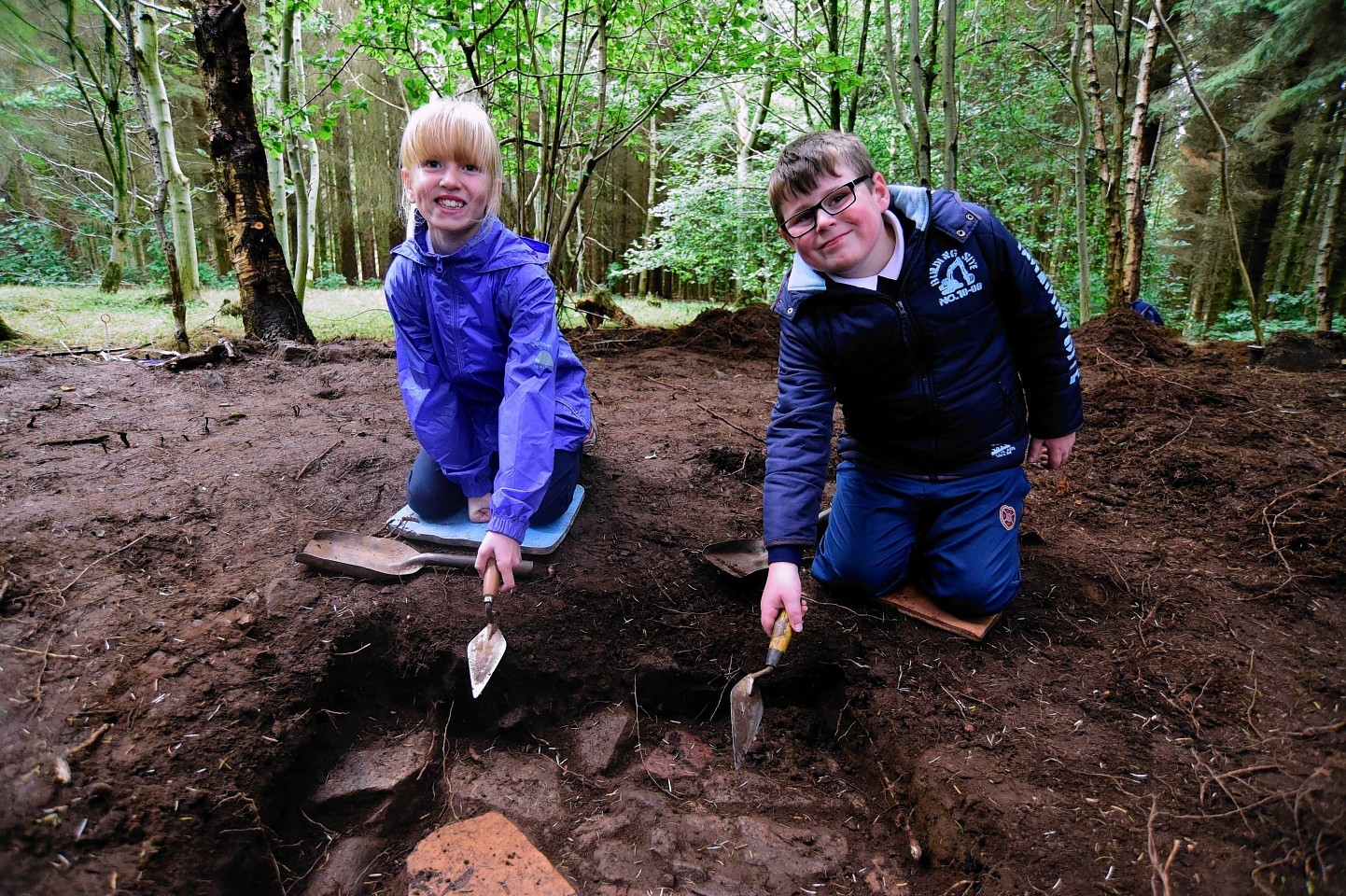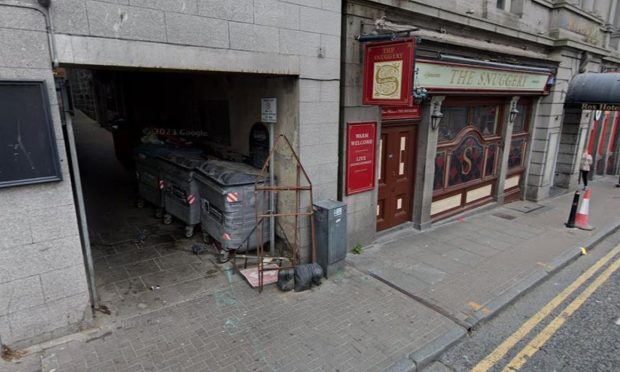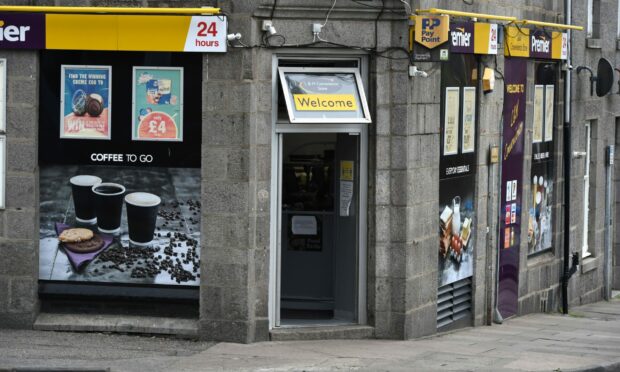A “breakthrough” has been made at a north-east dig site which is uncovering the Pictish history of the region.
Finds in Aberdeenshire have shed new light on where a Christian monastery was based before it disappeared from records about 1,000 years ago.
The Book of Deer project was started a decade ago to highlight the importance of a tiny collection of gospels and notes on local life, and now excavations near Old Deer have unearthed a layer of charcoal which dates back to between 1147 and 1260.
Archaeologists have also uncovered a new layer of stone and remnants of a building that was previously undocumented.
They now hope that they are on the verge of a major discovery.
Bruce Mann, an archaelogist for Aberdeenshire Council who will begin digging at the site again the summer, said: “This project has for many years worked hard to identify the location of the lost monastic site.
“These latest discoveries may at last hint that the mystery has finally been solved. More work obviously has to happen, but regardless of what this finally turns out to be, it is a significant find for not only Old Deer, but Aberdeenshire and beyond too.”
The Book of Deer itself is currently housed at Cambridge University.
Efforts are ongoing to have it returned to the north-east for a year-long exhibition.
Volunteers believe it was written in the 10th century, with local monks adding notes to it about local issues.
Anne Simpson, chair of the Book of Deer Project, said: “The book is as significant as the Book of Kells in Dublin but it is still amazing how even people locally don’t know about it.
“We have been looking for the monastery for a long time, so there is a great deal of excitement about the discoveries.”










